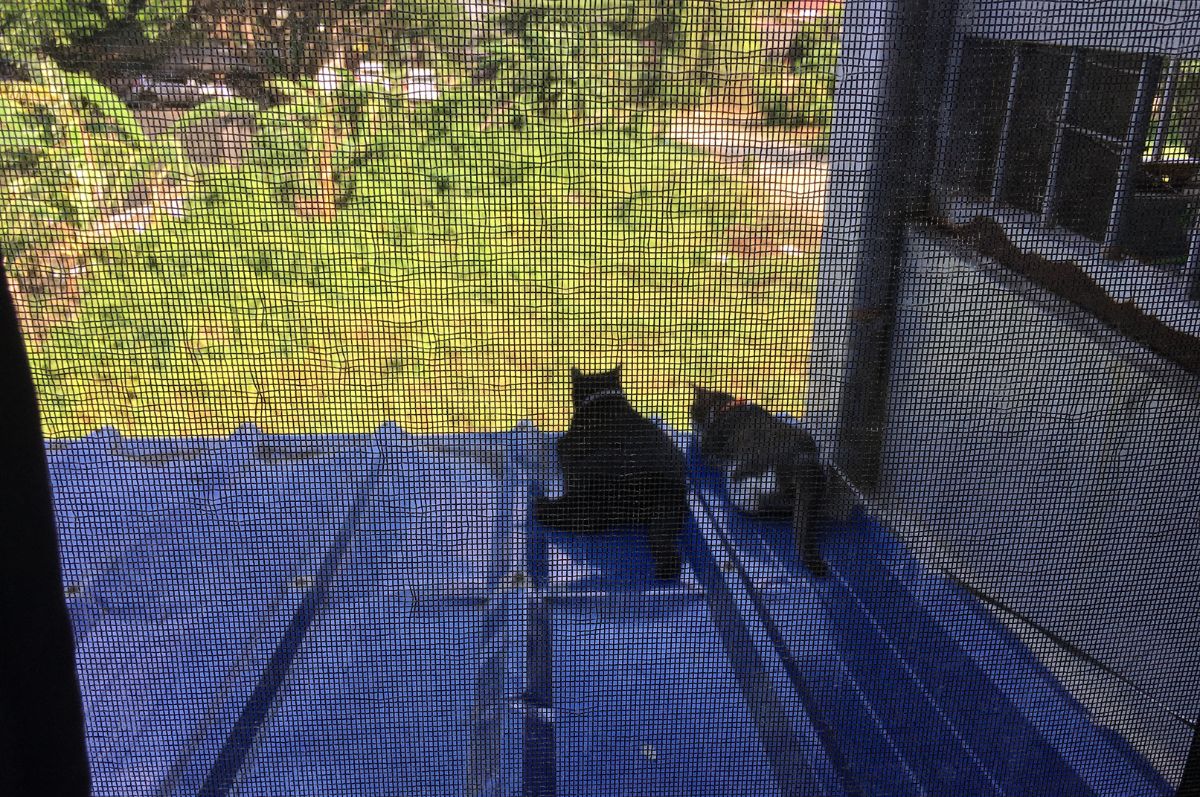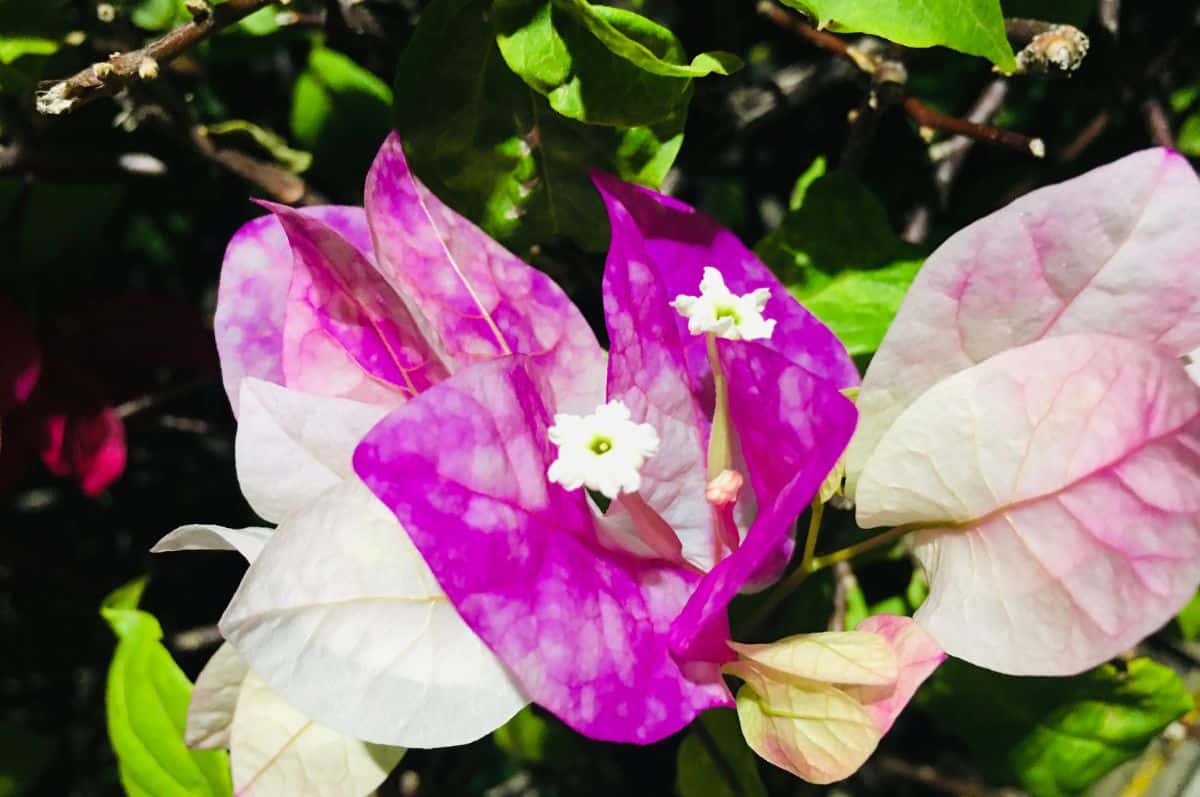Your cart is currently empty!

Creative recovery: human responses to calamity
June Perkins is launching her eBook After Yasi: what happens after a cyclone today, 3 February 2015, exactly four years after Cyclone Yasi made landfall in Mission Beach.
When a category 5 cyclone rips up your life some people speak to the sky and curse God for his injustices; others despair for a world in which there is no God; others loot and steal from their brothers; other blame governments for their lack of adequate care; still others sit on their hands, afraid and incapable of movement; some get up, get moving and start an immediate rebuild of their own lives. However in all the people I have met, interviewed and observed it appears to me the ones who don’t just rebuild their own lives, but open themselves to the recovery of their wider community, are the ones with a greater sense of hope and can even find a gratitude inside a calamity.
June Perkins is launching her eBook After Yasi: what happens after a cyclone today, 3 February 2015, exactly four years after Cyclone Yasi made landfall in Mission Beach, Far North Queensland. The book documents her own personal responses in the aftermath of the cyclone but is also a visual journey following the recovery of a community.

I was interested to speak with June about her experiences as, most of my regular readers know, I spent nearly all of 2014 either in the Philippines or helping Filipinos recover from Typhoon Haiyan (locally known as Yolanda). I was eager to contrast her responses to my experiences with women of the Visayan region of the Philippines. Like Far North Queensland, The Visayas is particularly vulnerable to various climate/ weather-related hazards because of its location in the tropics, along the path of typhoons, monsoons and El Niño-La Niña.
Before the cyclone June was busy raising her family and quietly doing creative projects with poetry, photography and a writing group in the community. She was wanting to build some momentum to generate income to contribute to her family’s well being. Her husband was a local teacher, and much loved by his students and their family. Her children were attending a small local primary school surrounded by cane fields, and her eldest was about to start Year 11 at high school. They were all doing reasonably at school, with the two youngest in particular doing very well.
Her story is not unlike hundreds of Filipino women I spoke to during the course of 2014. They had lives, livelihoods, husbands and kids at school, and, living in an unstable weather zone, they were all familiar with erratic weather, low pressure systems and the cyclone season.

In Australia, the Queensland Government was vigilant with cyclone warnings and helping communities prepare to the extent that the entire Cairns Base Hospital was evacuated. Sadly one life was lost.
In the Philippines people went on about their lives as if nothing was happening. In fact many had no idea that anything was happening. Any warnings that were issued were not delivered with any sense of urgency and were mostly ignored. Sadly over 10,000 people died.
After the cyclone June’s family had to replace many essential things they lost, and live with friends for a while. They had to move house twice in year but she considers herself blessed as some people were living in caravans and temporary structures and garages waiting for rebuilds. Her family received some unexpected financial help from charities and friends to replace some of the larger items. For her, this was such a moving experience, and her family will all never forget this help from organisations such as the Salvos and Red Cross.

The women of the Philippines were living in makeshift shelters made from rubble and debris. Some did not eat for four days as they waited for relief goods to arrives. Looting and theft was out of control, people were literally starving. They found the bodies of strangers lying among the scattered remains of their homes, some never saw their families again. Government assistance was virtually nothing with people relying on relief good from NGO’s and charities. It is estimated that over USD$500 million in international relief funds is still unaccounted for.
We were very committed to staying and making sure that others were alright, even though it might have been easier to leave straight after the cyclone and return to our extended family networks for support. I had many parents come up to me, keen to know that my husband would still be teaching at the high school. ~ June Perkins
June used her creative projects to support the recovery of the community, developing further skills in community journalism, exhibiting, song writing and film. She was invited to guest blog for ABC Open, which was an amazing experience and led to six months working for them on another project: encouraging regional writers. This culminated in an Australia Day award, which is something she would never have expected. Many others were also honoured for cyclone recovery work, including young people who had spontaneously assisted.
Similarly in the Philippines, I met so many women in community centres who had become volunteers and barangay (shire) representatives. In the beginning I was thinking how beautiful it was that these ladies whose homes had been spared by the typhoon were volunteering their time. It was later I discovered that they too had lost everything. And yet one year on, women were growing vegetables, sharing rice and food and looking out for one another.

Another similarity in both countries was the lack of adequate consulting during the recovery process and also the stress of lining in up in centres for relief goods.

June tells more of her experiences …
“We didn’t have insurance, so … without the help from government and charity we would have really struggled to replace our household goods.”
“The first government assistance we collected was stressful because you had to line up in big centres, be interviewed and you still felt a bit traumatised. Later some of the charities visited people in their homes and met with them privately. They gave out counselling tips, listened to you and worked out how they could help.”
“There were many grants, fund and programs available but it was not always easy for people to know about or to access their funds and many of their programs came a relatively long time after the cyclone from when they would have been most useful. These focused in key areas of health, industry, environment, and community.”
“Their criteria often gave no room for individual initiatives of local creatives to be supported. Like people from small business and agriculture their incomes also suffered after the cyclone.”
“Some of these funds were overseen by panels with little representation of community artists on these decision making bodies of how large amounts of money would be spent. I think the panels should have had a broader representation reflective of the community diversity.”
“A number of temporary workers were employed for a period of three years, who were supposed to help disperse more of these funds and be close the community pulse of things, but I personally didn’t find consultations with them helpful and felt they lacked imagination and drive to really voice what the community wanted, and gained much more from the work of ABC Open, the already established community development officer of the council who our writing group already had a good relationship with and the ongoing person employed by the Red Cross. She was very open and imaginative in her approaches.”
“Cyclone Yasi woke me up a lot to needing to do more of my creative work with greater confidence and commitment to make a difference to others lives well beyond what I had done before.” says June.
“It gave me a focus that wasn’t there before and helped me tap into my inner strength and recognise the capacity for community spirit in many around me. Many of my friendships deepened after the cyclone and we completed projects we had spoken about for years (such as a photography exhibition for Indigenous women.) I also set a goal to become financially equal to my husband, which I still have a long way to go, but I kept thinking about how I would have coped without my partner there financially, emotionally and spiritually.”
I learned a lot speaking with June and reflecting on my interactions with the Filipino people. When I return to the Philippines later in the year I feel even more committed to encouraging the women into creative projects to lift their spirits and aid their ongoing recovery.

If you would like a copy of June’s book you can click here to purchase or the image below to visit her website and sample pages of the book.
Discover more from Melinda J. Irvine
Subscribe to get the latest posts to your email.





4 responses to “Creative recovery: human responses to calamity”
I am constantly inspired by the work you are doing Melinda. May you go from strength to strength in your onward journey.
thanks june for allowing me to be part of your eBook release. i greatly enjoyed writing this blog and as time unfolds my confidence as a writer grows.
looking forward to your next creative project june.
mel xx
What a nice piece of work here Mel.
As I was reading your article, I captured the essence of two creative spirits, who both connect with others through creative pursuit driven by personal initiative inspiring others through the work they do.
Two wonderful women, Mel and June – humble in the process of what they do yet worthy of so much praise. xShirl
thanks so much Shirl for this beautiful message and also for taking the time to read the blog.
mel xx